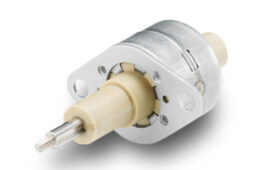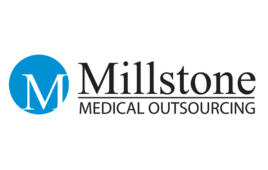In today’s changing regulatory landscape, it’s more important than ever for medical device manufacturers to understand the nuances of pre-clinical device testing. Here are the implications of recent and pending regulatory updates, why extractables and leachables testing is more important than ever before, and how you can begin assembling the right team of testing experts to ensure your product portfolio complies.
Sandi Schaible, WuXi AppTec

[Image courtesy of WuXi AppTec]
ISO 10993-1 has placed added emphasis on the importance of developing a robust physical and chemical device profile, and the likelihood that an extractables and leachables (E/L) study will be necessary is high, especially for products with prolonged or long-term exposure and/or products that are in contact with circulating blood. Regulators will be looking for extraction conditions that demonstrate a device has been challenged. This means using aggressive solvents representing a wide range of polarities, elevated temperatures and extended timeframes. Equally important is ensuring that all chemicals from analytical equipment are identified. Unknown chemicals in a chemistry report mean the chemistry lab has not done their job. If study design and execution are not robust, and all chemicals have not been identified, be prepared to justify why and anticipate that repeat testing may be necessary.
In order to keep existing devices in good regulatory standing and get new devices to market as seamlessly as possible within the guidelines of ISO 10993-1 and MDR, it’s crucial to dot your I’s and cross your T’s. Given the high volume of devices being evaluated and looming regulatory deadlines, one misstep could result in an avalanche of consequences.
Preparing internally
Before beginning work with a contract research organization (CRO), internal due diligence is necessary. Start with a review of all the testing data or materials data you have for your product. For materials data, include details on polymers, colorants, adhesives, additives and manufacturing aids. Using this data, you and your CRO team can determine if a gap analysis should be performed before testing begins. A gap analysis provides a comprehensive review of pre-existing data to identify what additional information is necessary to comply with current ISO 10993 standards and regulatory expectations.
Partnering with a CRO
Selecting a CRO with expertise in complete chemical characterization is critical. Full characterization of all chemicals is required for an accurate assessment of risk, and unknowns must be treated as worst-case scenarios, evaluated as if they are assumed to be genotoxic or carcinogenic constituents. Toxicologists should assess each chemical in an E/L report to establish a margin of safety and identify whether further testing or analysis is required to mitigate risk. The results from toxicological risk assessments should be used to guide which biological tests should be performed.
Up until recently, CROs could get by with relying on biocompatibility testing. With ISO 10993-1 updates, this will no longer be the case. Beginning with biocompatibility testing is not best practice. Complete chemical characterization informs which biocompatibility tests should be conducted.
Vetting CROs: Five questions to pose
Before you sign an agreement with a CRO, there are some key questions you should ask to determine if they have the robust capabilities necessary to keep your company ahead of the curve in this changing regulatory climate.
- Do you have the capabilities to conduct chemical characterization, toxicological risk assessments and biocompatibility testing in-house?
- How often do you report unknowns? On average, what percentage of compounds in your reports are unknowns?
- Are your analytical methods sensitive enough to detect constituents at a level low enough to be properly evaluated in a risk assessment?
- Can you demonstrate a longstanding track record of successful submissions to regulators?
- What kind of post-submission regulatory and technical support will you provide?
Also, because chemical libraries are not commercially available for all types of chemical testing, specifically liquid chromatography mass spectrometry (LCMS), it is important to work with a CRO that has a proven track record of complete identifications and that the identification is included in your study – not an extra step with an additional expense.
Recent and pending regulatory changes may seem daunting, but with thoughtful planning and partnership, you can avoid costly regulatory delays. While not a comprehensive roadmap to navigating ISO 10993-1 and MDR, these tips can get you started down the right path.
For more guidance on risk-assessment approach best practices and how to handle chemistry report unknowns, download WuXi AppTec’s white paper: “Unknowns are Unacceptable.”
Sandi Schaible is the senior director of analytical chemistry at WuXi AppTec, a global pharmaceutical and medical device open-access capability and technology platform company.. She specializes in extractables and leachables studies. Sandi is a U.S. delegate and international delegate for ISO 10993 part 18 in chemical characterization. She is also a U.S. delegate for ISO 10993 part 13 and the particulates committee.
The opinions expressed in this blog post are the author’s only and do not necessarily reflect those of Medical Design and Outsourcing or its employees.




